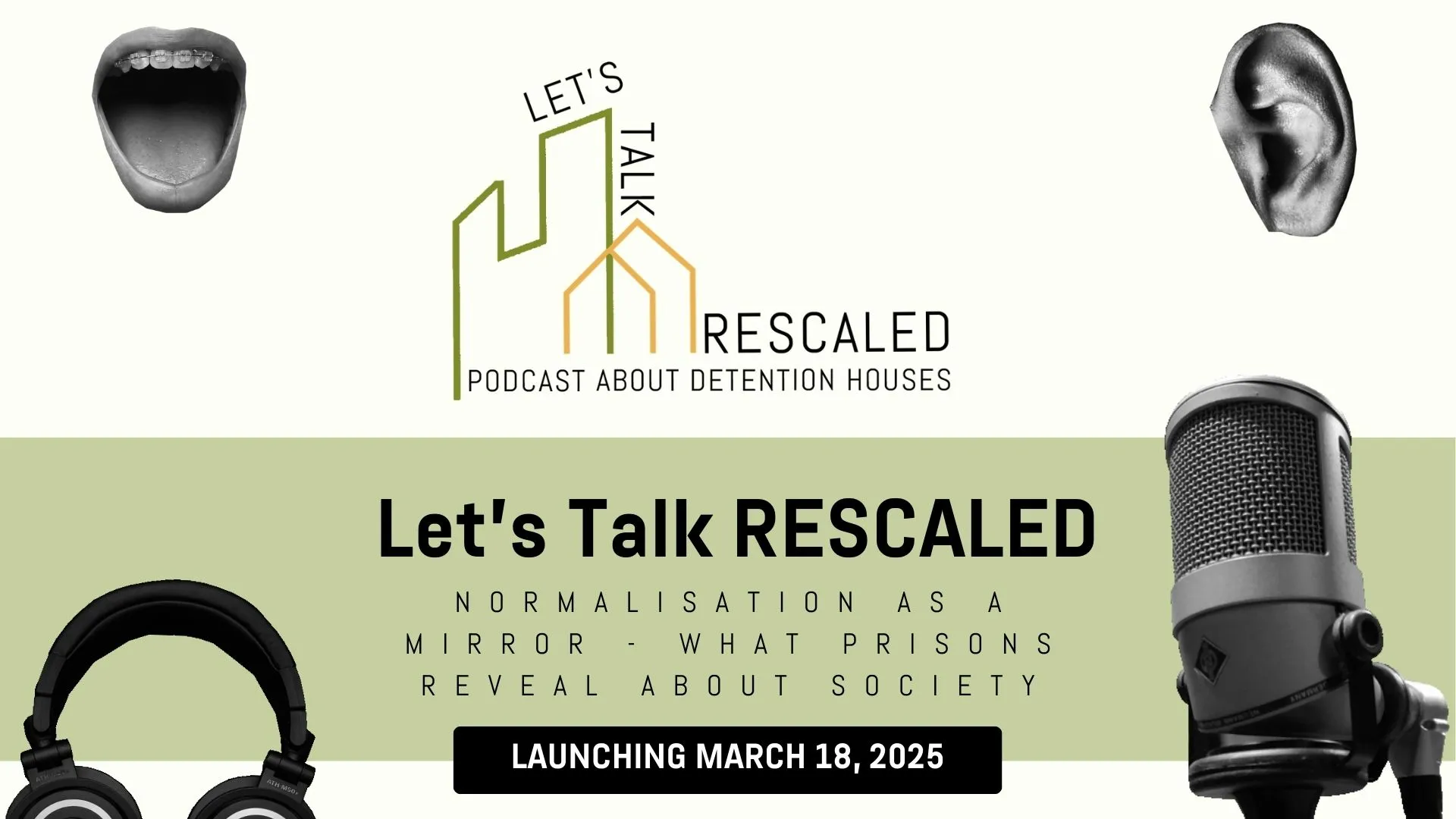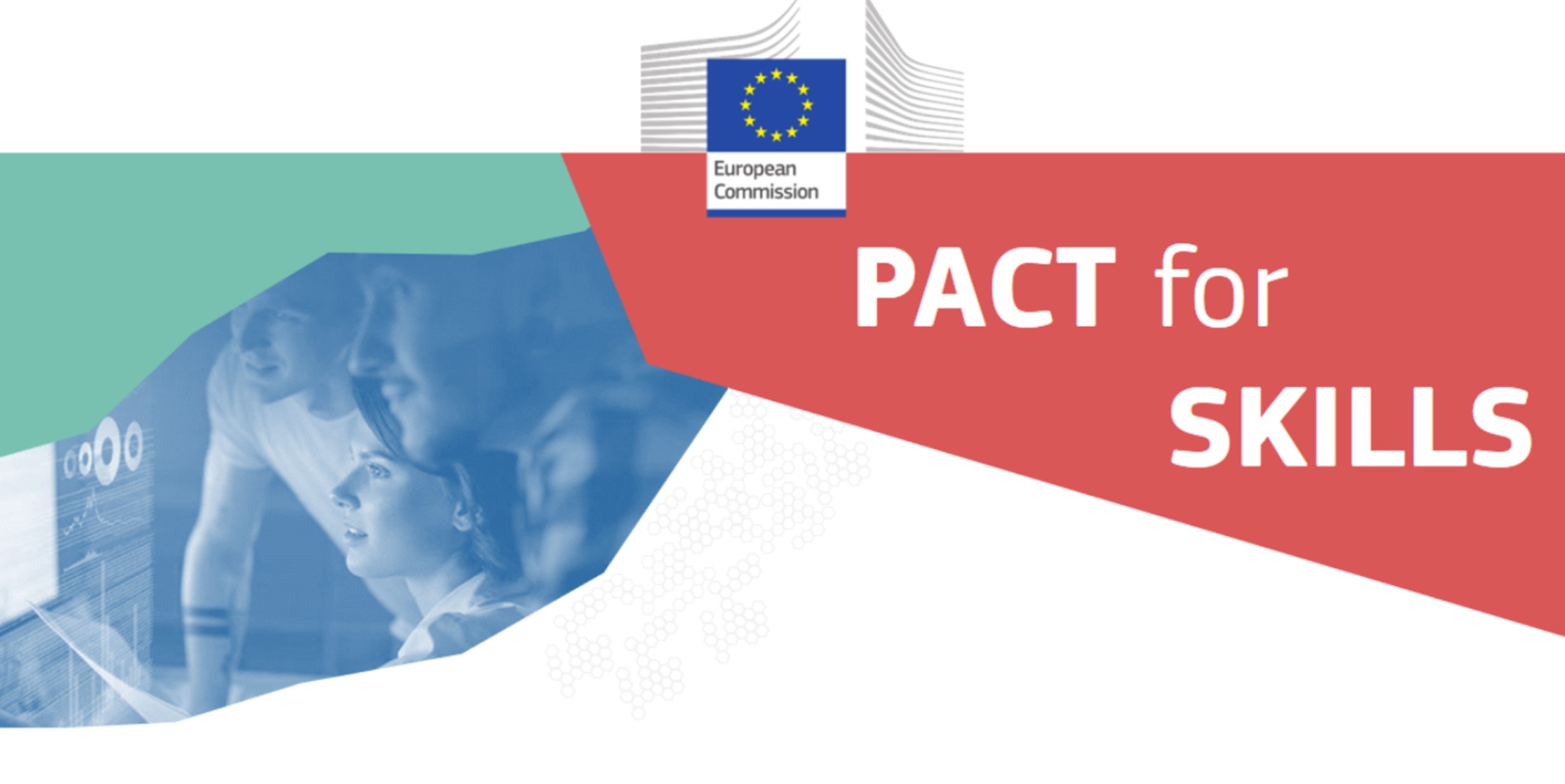Our societies are under more and more fiscal strain due to increased wages, better healthcare and an ageing population in the Western world. Crime is a significant burden for society both on an economic and social level. The need for a criminal justice system that is both productive and cost-effective will only increase.
People with lived experience may be exactly what the criminal justice system needs. (Re)habilitation of individuals who offend is probably far less expensive than their reoffending will prove to be. The knowledge of lived experience individuals, who know the criminal justice system from within, offers a unique understanding of how to make rehabilitation efforts as effective as possible. Building a restorative justice system and a detention house-based system of incarceration will be both humane and cost-effective in the long term. The inclusion of those who know how the system works from personal experience is essential for designing the criminal justice system of the future.
How does one include the lived experience on an individual, service and systemic level?
To find out how lived experience works best, WayBack conducted interviews with people who work from their background as formerly incarcerated and/or their history of substance abuse. It was important to include both male, female and minority ethnic and religious experiences. Even though women are not a minority group as such, incarcerated women certainly are, and therefore it is useful to emphasize it in this context. In addition to the people involved at Wayback, we also included a formerly incarcerated participant with vast experience in working on the systemic level. For privacy purposes, the participants’ identity was kept anonymous.
On the individual level
- “My main role is being a creator of hope”
The participants believe that working from lived experience gives them credibility towards the incarcerated person that no other social worker can affect. Incarcerated people are often critical of people working in detention facilities, but also in other public offices, and the lived experience provides a base level of trust.
“Prison is oppression. It’s only natural that they are sceptical of those who work in it”
The common background of crime, drugs and incarceration gives the lived experience staff member and the person a natural alliance. If meetings are not bound by certain professional conduct, it provides the possibility to be more direct with both the services and the incarcerated person. The women and other minority participants are even more of the opinion that it is from their shared experiences with incarcerated people that their work becomes effective. The deep stigmas of being a criminal and a woman, a minority ethnicity or a religious minority make it harder for the incarcerated person to be open to help and assistance from people they don’t identify with.
“Turning-point stories are deficient. There are many factors involved.”
The participants feel that in working from one’s own experience, you must be wary of not using it as a baseline for how others should achieve change. One must also be careful in becoming too much of a friend, both in regards to keeping a professional distance and not being too emotionally involved, in case the person they are assisting fails in their quest for a new life. Moreover, it is important to hold at a distance one’s past and be self-assured in the role of a lived experience staff member. It can be helpful to work from a method, like the WayBackBook, says one participant.
On the service level.
All participants believe that their competence is valued in correctional facilities and have few if any, negative experiences. This might be because of WayBack’s long history in the field and good reputation, and might not apply to all experiences.
The participants feel that because of the structure of the correctional service and their sometimes excessive focus on security, their work can be more difficult than it needs to be. When an employee from the correctional service is out sick, appointments are cancelled even if this specific employee was not essential for the appointment to be held. In meetings with state and municipal officials or social workers, the participants feel as if their presence is welcomed and that they can be good “translators” and a reassuring presence for the (formerly) incarcerated person.
On the systemic level.
The participants with experience working on structural and systemic levels find that they are met respectfully and that they are compensated for their time in the same way as other experts. Sometimes they do feel that they are supposed to live up to a role that they are not always comfortable with.
“I don’t want ovations for being the girl who quit drugs. I’m not your sad story comeback kid.”
Every so often, the participants perceive that they have little to contribute and that they lack the knowledge to have strong opinions. Understanding the language being used and the concepts and topics discussed can be hard, and combined with feeling like an underdog it can be even harder to ask for explanations. At times, it seems that the meetings they participate in have much talk and little action. In some cases, group discussions have felt close to meaningless, as the subject’s outcome they are involved in discussing seems to have already been decided. It can also feel like people with lived experience are present just for the process to look good on paper, and that makes them feel demoralized for future involvement in systemic work.
Overall, the participants do feel that things are moving in the right direction and that user participation in the correctional field is becoming more valued and relevant. Feeling as if their voice is heard and that their participation has a real impact is rewarding.
The value of punishment?
The participants believe that we as a society need a form of punishment and that restorative processes aren’t always suitable. However, if we are to lock people up it must be done in a fruitful way, with rehabilitation as the focus. Some of the participants had started their process of change while incarcerated and were happy that they had been incarcerated. However, they might have changed their ways at an earlier time if the correctional system had been better suited to helping them achieve said change. Working towards release should start before the serving of the sentence, in pre-mapping the person’s needs and strengths. According to the participants, the time a person is incarcerated can be a golden opportunity during which many will be more able than in their day-to-day lives: to go to appointments with their psychologist, to school or training, or talk through issues in group sessions.
Detention houses.
Our participants are sceptical of the development towards more and more large-scale prisons in Norway. A system of smaller units that are more in line with the needs of the incarcerated population will better the chances for rehabilitation. They are very critical of the lack of help available for women with traumatic experiences. A large proportion of incarcerated women have had experiences with physical abuse and sexual violations, and require specific treatment and support. The provisions for working with substance use disorders are also far from ideal. All participants feel that a great many incarcerated are kept in an unnecessarily high level of security.
“People almost always return from leave, but are still kept in high security”.
Being held in a high-security facility doesn’t aid mental health, and should only be used for those who are regarded as at high risk of fleeing or a danger to others.
In small-scale detention houses, it is possible to better differentiate and cater to the needs of the incarcerated in terms of support and security level, in collaboration with the local community. To include people with lived experience as staff would be an ideal practice.
From lived experience to lived expertise.
Just as the professional class lacks knowledge of the language of the streets, it can be hard for a person who has spent their life outside the norm to understand the language of professionals. To bridge the gap between them, it’s important to give those who work from lived experience the tools needed to work in the professional realm. This includes learning the language, how services are organized, the structures of power and a good understanding of one’s role. This could be achieved through specialized training, transforming lived experience into lived expertise.
The participant with a vast experience of working on the systemic level had participated in a thorough course that she found very useful, and in having completed this course she was added to a database for user participants. In that, she felt prepared for the work and was also invited into several groups and boards.
Integrating lived expertise staff in detention houses could act as a bridge between the system and the incarcerated person, and so, make social work easier and more effective. In showing that it is possible to change and creating hope they can have a real impact on those who want to change their lives.
The correctional system of the future.
The prison system is old-fashioned, conservative and to a large degree rooted in religious ideas of penance. Bringing the correctional system into the 21st century must include a more effective way for rehabilitation efforts.
Giving people with lived experience access to, and ideally, employment in a detention house ecosystem will create a good platform for the incarcerated to make a change in their lives, and for an economically viable and humane way forward in our society.
–By Simen Iskariot Larsen, lived experience consultant, Wayback Oslo
This article was written as part of the INSPIRE Project on the involvement of formerly incarcerated people.







